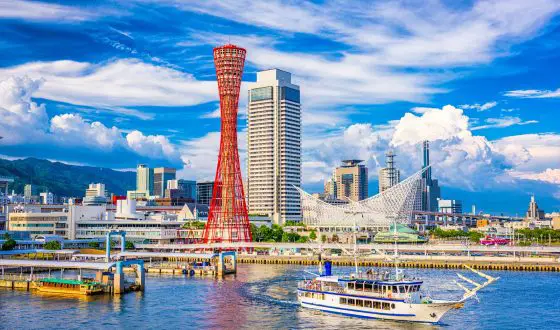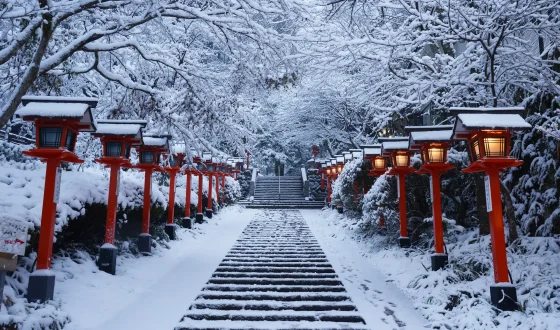Decoding the Japanese Calendar: What Japanese Year Is It?
Have you ever wondered: “What Japanese year is it?”. Why does Japan have such a different calendar? Discover the current Japanese year and find out about this unique timekeeping.
Intro
Has the question “What Japanese year is it?” ever crossed your mind? With a unique system rooted in history and culture, Japan has its own way of marking the passage of time. The traditional calendar is still utilized for official paperwork, even though the majority of citizens in Japan utilize the Western calendar today.
Follow our article to discover how the Japanese year is determined and gain a deeper understanding of this unique tradition.
What Is The Japanese Calendar?
The Japanese calendar is a system of timekeeping that has been used in Japan for centuries. It is based on a combination of lunar and solar elements and holds significant cultural and historical importance in Japanese society.
The traditional Japanese calendar follows the reigns of emperors and each emperor’s era is assigned a distinct name. The name of the era undergoes a change when there is a transition in the throne, either due to the passing away or abdication of the reigning Emperor.
For example, the current era is called Reiwa, which started in 2019. The year 2023 is the 5th year of the Reiwa era (Reiwa 5).
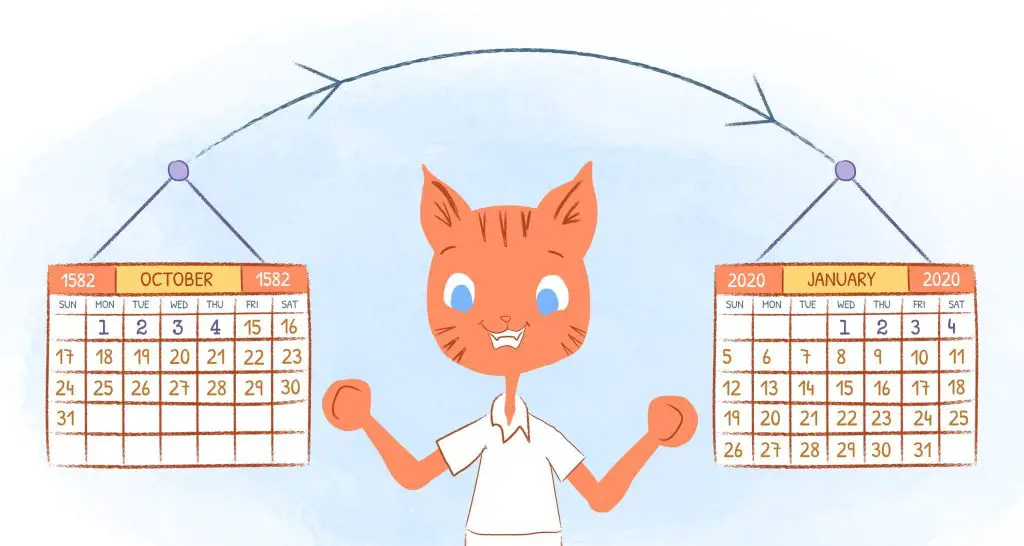
Gregorian calendar (Source: Google)
Japan makes use of both the Gregorian calendar, which is widely accepted across the globe, and the traditional calendar. For official papers, commercial transactions, and intercontinental communication, the Gregorian calendar is utilized. However, the Japanese calendar continues to be used for ceremonial and cultural purposes, such as determining auspicious days for festivals and holidays.
You might be also like:
- Does Japan Celebrate Lunar New Year?
- Japanese new year traditions – Things you should know
- 19 Vibrant Festivals In Japan Throughout The Year
How To Write Japanese Years
To write Japanese years, follow the format consisting of the era name followed by the year within that era. Here’s an example:
- Start with the era name: Reiwa (current era as of 2023)
- Add a space or a hyphen (“-“) after the era name.
- Write the year within that era: for instance, “5” represents the fifth year of the Reiwa era.
Putting it all together, you would write the Japanese year as “Reiwa 5” in this example.
Please note that the specific era and year will vary depending on the current date. Always refer to the most recent era in use and the corresponding year at the time of writing.
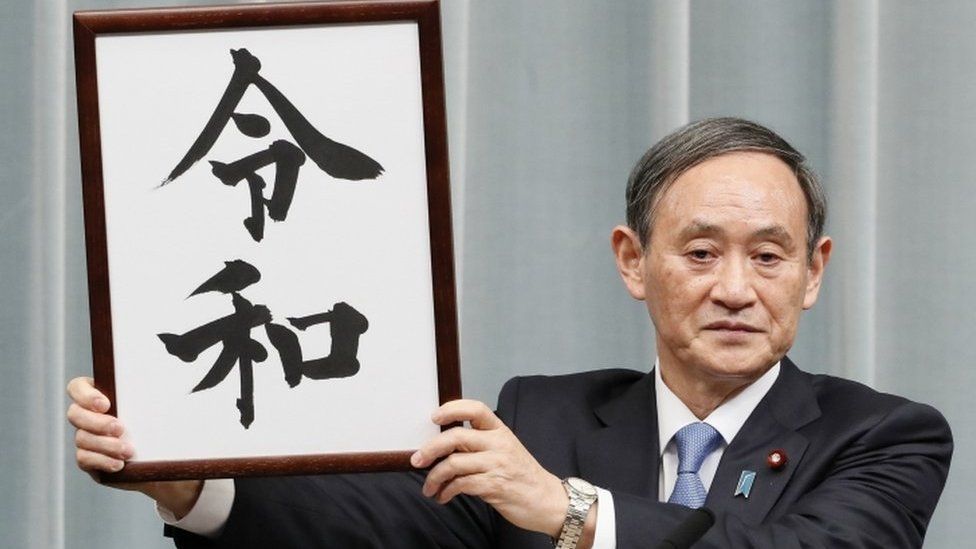
Reiwa era (Source: Google)
Other examples:
2022 – Reiwa 4 (R4)
2021 – Reiwa 3 (R3)
2020 – Reiwa 2 (R2)
2019 – Reiwa 1 (R1) / Heisei 31 (H31)
2018 – Heisei 30 (H30)
How Did Japan’s Era Names Come To Be?
Regnal era names, which originated in ancient China, are titles assigned to specific eras. While they are generally based on a year, it’s important to note that era names can be changed even within a year, and some have been altered in less than one year.
The practice of naming Japanese eras was introduced to Japan in 645 when Emperor Kotoku ascended the throne. The first named era in Japan was “Taika,” but the method was discontinued following the emperor’s passing. However, it was revived in 701 during the reign of Emperor Monmu. Since then, the tradition of assigning era names to Japanese periods has persisted and continues to this day.
Unlike the Western calendar, which is an endless system, the era system operates within a finite framework. In this system, years are counted from the first year and undergo renaming based on the accession of emperors.
If An Emperor Passes Away Mid-Year, What Unfolds?
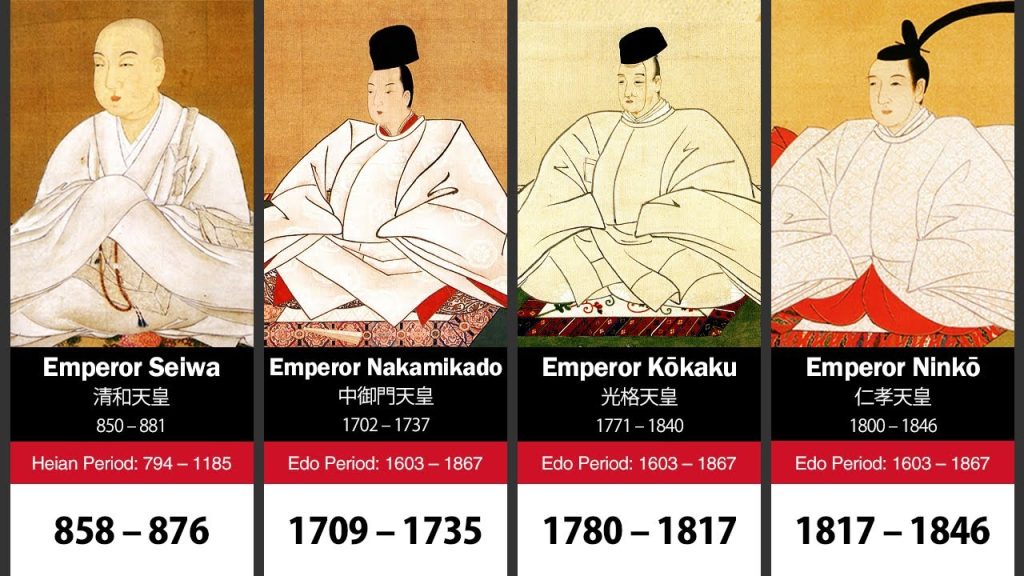
Japanese Emperors (Source: Google)
The Japanese calendar system aligns with the Gregorian calendar, starting on January 1st and concluding on December 31st.
In cases where an Emperor passes away during the middle of a year, that particular year can have two names. To illustrate, consider the year 1989 when Emperor Shōwa died on January 7th during the 64th year of his reign. Historically, this year could be referred to as either “Shōwa 64” or “Heisei 1.” On the other hand, events tied to specific dates can only be associated with a single year.
When an Emperor’s passing occurs near the end of the year, and considering that the Japanese year concludes on December 31st, the following Emperor’s year of reign will be notably short.
Do Japanese People Utilize Both Japanese And Western Calendars?
Due to the complexity involved in calculating and converting the number of years between two eras, there has been a gradual rise in the number of people who use both the Western calendar and those who primarily rely on it. This trend has been particularly evident with the advent of the Internet and other influencing factors, resulting in a significant surge in cases where the Western calendar is predominantly favored over the Japanese year.
The Japanese year serves as the basis for the majority of official paperwork, even though the rules make no explicit mention of whether the year ought to be based on the Japanese or Western calendar. Since passports are utilized for international purposes, the holder’s birthdate is written down using the Western calendar.
The prevalence of the Western calendar in Japan experienced a notable upswing after the promotional efforts associated with the 1964 Tokyo Summer Olympics.
What Is Your Birth Year According To The Japanese Calendar?
When visiting Japan, international visitors frequently inquire about their age based on the Japanese calendar. There may be a few Japanese characters that symbolize the last several periods of Japan on various official papers where you are required to indicate your date of birth. In this instance, you should circle the time period that corresponds to the year that you were born, then write the year’s number.
You have to first identify the initial year of the new era to determine your Japanese birth year. For instance, if you were born in 1998, your birth year would be Heisei 10 (平成10年). This is due to the fact that the Heisei era began in 1989 with the throne ascension of Emperor Akihito.

Japan Era (Source: Google)
Years of the modern Japanese calendar may be written by using the initial letter of the year and then by the year’s number. Heisei 10 can alternatively be expressed as H10, using 1998 as an example.
Japanese modern eras:
- Taisho era (1912-1926)
- Showa era (1926–1989)
- Heisei (1989–2019)
- Reiwa (2019 – current)
FAQs
-
Are Japanese years different?
Japanese years do differ from the Gregorian calendar which is widely used across the rest of the world. The eras or times that correspond to the emperors’ reigns form the base of the traditional Japanese calendar. A new emperor’s ascension marks the start of each era, which lasts until the enthronement of another emperor.
-
Does Japan follow the Gregorian calendar?
Yes, Japan follows the Gregorian calendar for most practical purposes. The Gregorian calendar is widely used in Japan for things like official government documents, business operations, international communication, and everyday life.
-
What is the year 2023 in the Japanese calendar?
The year 2023 in the Japanese calendar corresponds to the Reiwa 5 (令和5年).
-
What is Reiwa 1?
Reiwa 1 (令和元年) corresponds to the first year of the Reiwa era in the Japanese calendar. The Reiwa era began on May 1, 2019, with the ascension of Emperor Naruhito.
-
Does Japan put the year first?
Japan typically follows the order of year, month, and then day in their date format. So the usual format is “year/month/day”. For instance, the Japanese alphabet would write “2023年7月9日” for July 9, 2023.
-
What Japanese zodiac is 2023?
The animal for the year 2023 in the Japanese zodiac is the Rabbit (Usagi or 兎). The Rabbit is the fourth sign in the cycle of the Japanese zodiac and is considered to have traits such as kindness, sensitivity, and a gentle nature.
-
Is the Japanese calendar the same as Chinese?
No, while having certain similarities, the Japanese and Chinese calendars are not the same. Both calendars are based on lunar cycles and use a 12-year animal zodiac cycle, but there are distinct differences in how they are used and their cultural contexts.
The Chinese calendar is often known as the lunar calendar. On the other hand, the Japanese calendar primarily follows the Gregorian calendar for day-to-day activities. While the traditional Japanese calendar does have its own unique system based on eras corresponding to the reigns of emperors, it is not directly related to the Chinese calendar.
-
Does Japan use the Lunar or Solar Calendar?
The lunar calendar is not used in Japan. Japan follows the Gregorian calendar for a variety of reasons, including corporate and governmental.
Conclusion
In conclusion, understanding “What Japanese Year Is It” is essential for navigating Japanese culture, traditions, and daily life. The Japanese calendar, known as Kōki, is based on the reigns of emperors and provides a unique perspective on timekeeping.
While the Gregorian calendar is widely used in Japan, knowing the corresponding Japanese year adds depth to conversations and interactions. By recognizing the significance of the Japanese calendar system, we can engage with the country’s history, festivals, and events more meaningfully.

